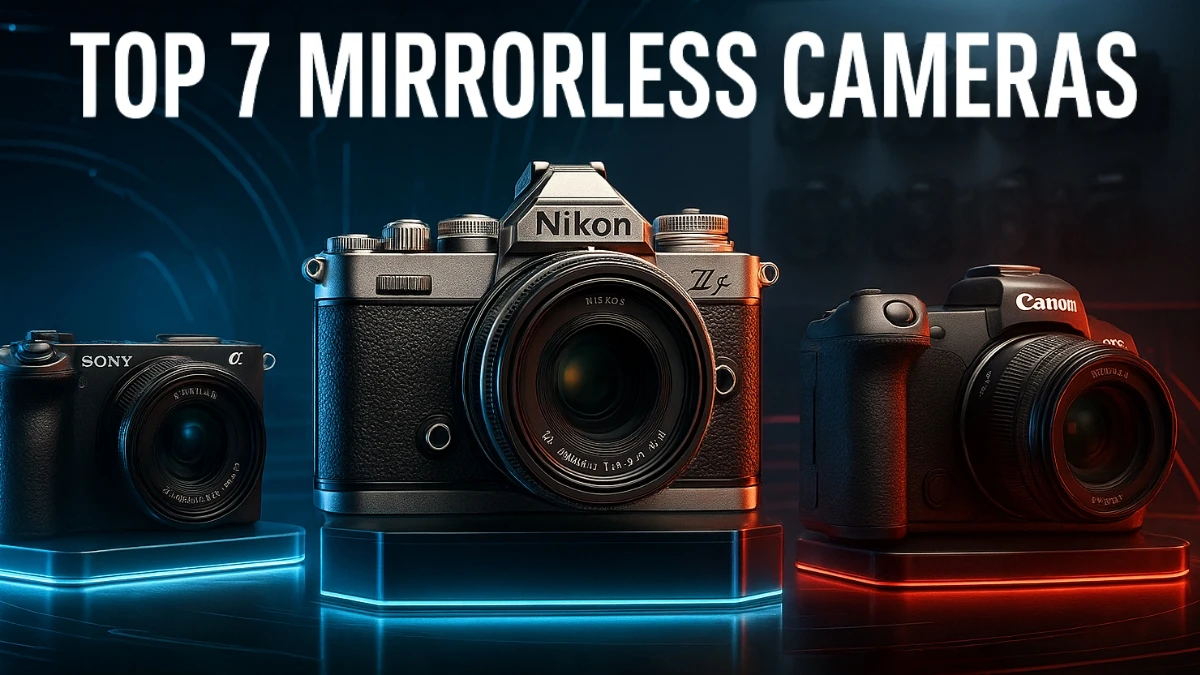Top 7 Mirrorless Cameras That Beat DSLRs in 2025
In 2025, mirrorless cameras have firmly established themselves as the future of photography, surpassing DSLRs in key areas like autofocus, video capabilities, and overall performance.
With their compact designs, faster processing speeds, and cutting-edge technology, mirrorless cameras now offer unmatched versatility, making them the go-to choice for photographers and content creators alike.
From exceptional image quality to groundbreaking features, these top 7 mirrorless cameras redefine what’s possible in the world of digital photography.
In this list, we’ll explore the mirrorless models that not only beat DSLRs in every department but also set new standards for the industry.
Whether you're a seasoned pro or an enthusiast, these cameras offer something for every photographer in 2025.
| Rank | Camera |
|---|---|
| 7 | Nikon Zf |
| 6 | Sony A6700 |
| 5 | Canon EOS R7 |
| 4 | Fujifilm X-T5 |
| 3 | Canon EOS R5 Mark II |
| 2 | Sony A7R V |
| 1 | Nikon Z6 III |
7. Nikon Zf
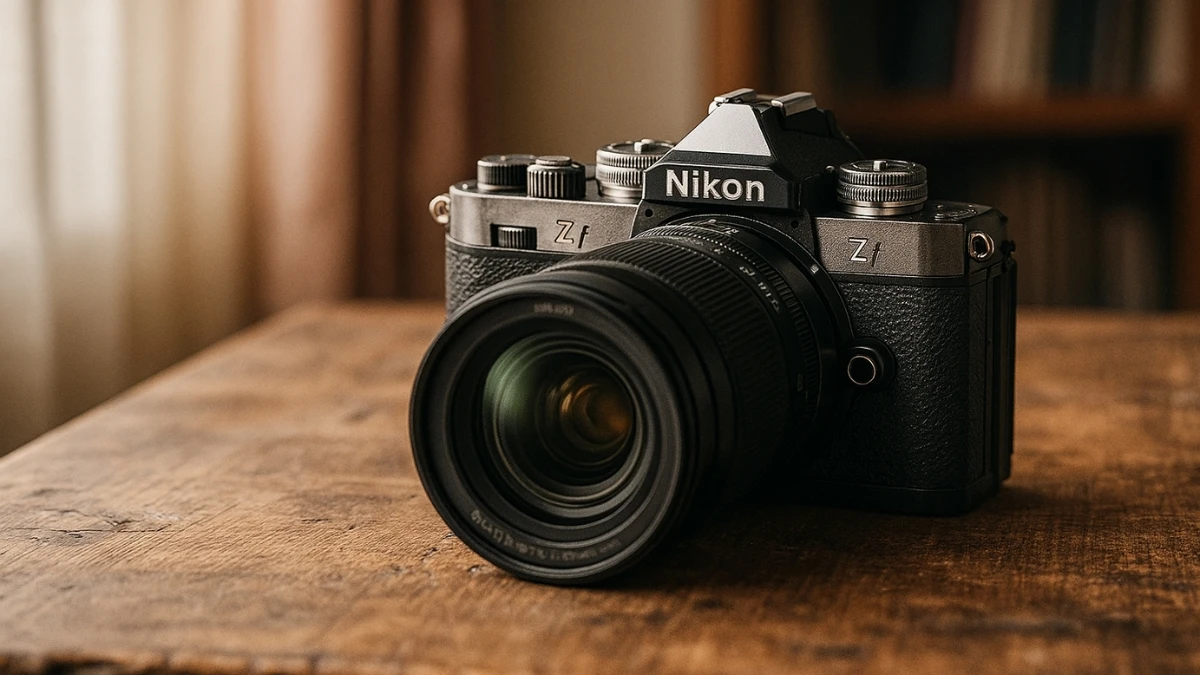
Price Range: $2,000
It's not all looks, either. The Zf packs Nikon's latest processor, 24.5MP stills up to 30fps, its best in-body image stabilization yet, and powerful autofocus. This camera proves that photographers don't have to choose between style and substance.
Why It Beats DSLRs: The Z f has a monopoly over a particular market segment: there aren't any other proper retro mirrorless cameras with full frame sensors. It offers the tactile experience that DSLR users love while delivering mirrorless performance that DSLRs simply can't match.
The Best of Both Worlds: Naturally, the Z f can use the fantastic Nikkor Z-mount glass as well as older Nikkor lenses via an FTZ adapter. This means the camera suits longer-term Nikon shooters with DSLR lenses. Photographers get instant access to decades of Nikon lens heritage while enjoying cutting-edge mirrorless technology.
Perfect For: DSLR users looking to upgrade without starting over, street photographers who want classic handling with modern performance, and photographers who believe cameras should be both functional and beautiful.
| Sensor | Full Frame 24MP |
| Video Capability | 4K/60p |
| Burst Rate | 30fps |
6. Sony A6700
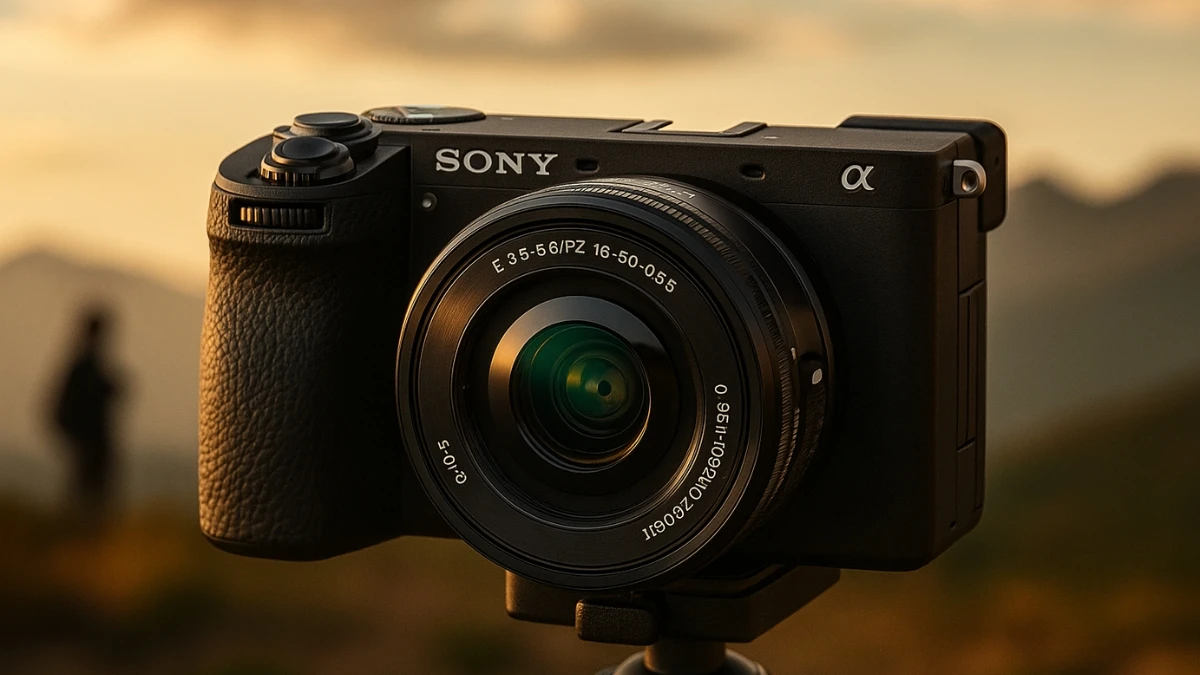
Price Range: $1,400
The a6700 might look a lot like the a6100, but it's a much more advanced model with better build quality, greater capabilities in both stills and video, and more hands-on control points. This camera represents the sweet spot where capability meets affordability.
Why It Beats DSLRs: The Sony A6700, a powerful hybrid for hobbyists, features a 26MP APS-C sensor armed with five-axis stabilization, plus a 759-point phase detection with Sony's Real-time Recognition AF. The level of stabilization and autofocus sophistication in this relatively affordable camera would have been unthinkable in the DSLR era.
The Video Sweet Spot: Video quality impresses experts too – its 4K 60p video, oversampled from 6K, proves crisp in clear conditions. Photographers get professional-quality video in a camera that costs less than many enthusiast DSLRs, without needing any additional equipment.
Perfect For: Content creators who need both excellent stills and video, hobbyist photographers stepping up from smartphones, and photographers who want Sony's renowned autofocus technology without the full-frame price premium.
| Sensor | APS-C 26MP |
| Video Capability | 4K/60p |
| Burst Rate | 11fps |
5. Canon EOS R7
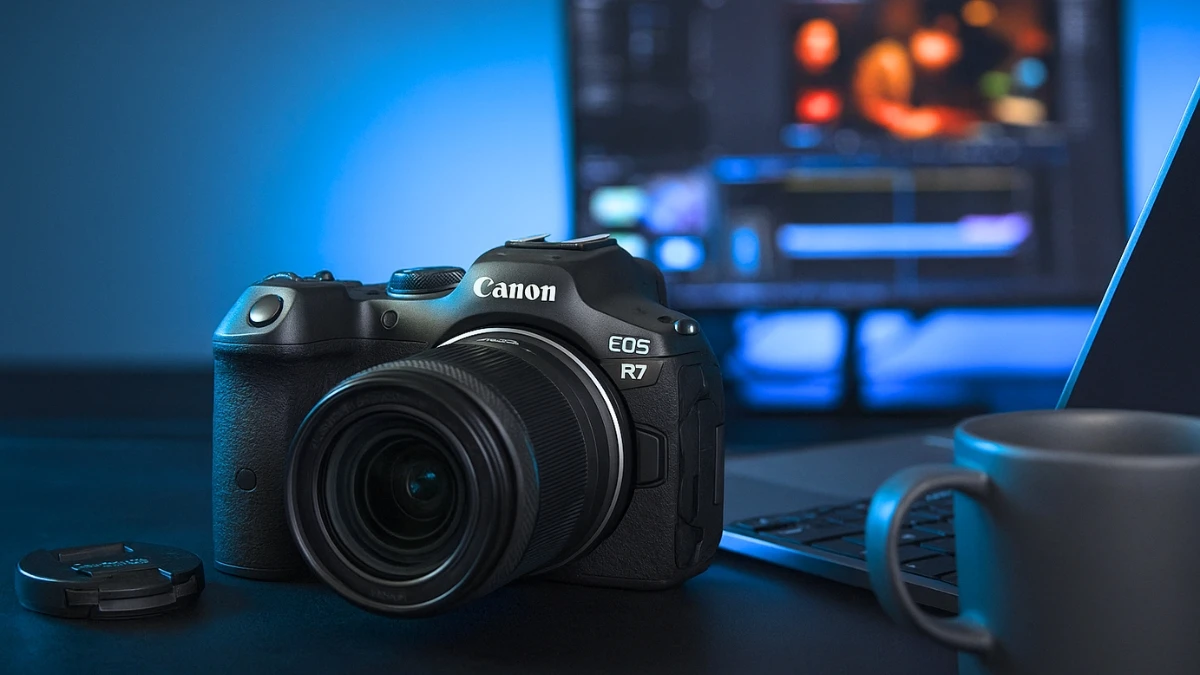
Price Range: $1,500
The Canon EOS R7 is a fantastic mid-range camera and a great fit for sports and wildlife photography, with better ergonomics and faster burst shooting than the Sony α6700. This camera brings professional-level performance to the enthusiast market in a way that DSLRs simply can't match at this price point.
Why It Beats DSLRs: The R7's 30fps burst rate with full autofocus tracking would require a flagship DSLR costing twice as much. The crop sensor provides a natural 1.6x magnification factor, turning any lens into a more powerful telephoto—perfect for wildlife and sports where getting closer isn't always possible.
The Reach Advantage: Photographers shouldn't get swayed by full-frame! The R7 combines speed, stabilization and resolution with all the benefits of a smaller sensor – like an amplified focal range, perfect for genres like wildlife. A 70-200mm lens becomes effectively a 112-320mm, giving photographers DSLR-beating reach in a much more portable package.
Perfect For: Sports photographers on a budget, wildlife enthusiasts who need reach without the weight, and photographers who want professional autofocus performance without the professional price tag.
| Sensor | APS-C 32MP |
| Video Capability | 4K/60p |
| Burst Rate | 30fps |
4. Fujifilm X-T5

Price Range: $1,700
Experts love the compact body of the Fujifilm X-T5, but its size doesn't take away from its power: It has a whopping 40MP sensor and a speedy processor. This camera proves that bigger isn't always better—sometimes, it's about packing more capability into less space.
Why It Beats DSLRs: Photographers shouldn't get swayed by full-frame! The X-T5 combines speed, stabilization and resolution with all the benefits of a smaller sensor – like an amplified focal range, perfect for genres like wildlife. The APS-C sensor actually becomes an advantage, giving photographers extra reach for wildlife and sports photography while maintaining exceptional image quality.
The Character Factor: Fujifilm's legendary color science and film simulation modes give photographers in-camera results that would require extensive post-processing with other systems. The tactile controls and retro design aren't just aesthetic choices—they encourage a more thoughtful, engaging approach to photography.
Perfect For: Travel photographers who value portability, street photographers who want to blend in, and enthusiasts who appreciate both technical excellence and photographic character.
| Sensor | APS-C 40MP |
| Video Capability | 4K/60p |
| Burst Rate | 15fps |
3. Canon EOS R5 Mark II
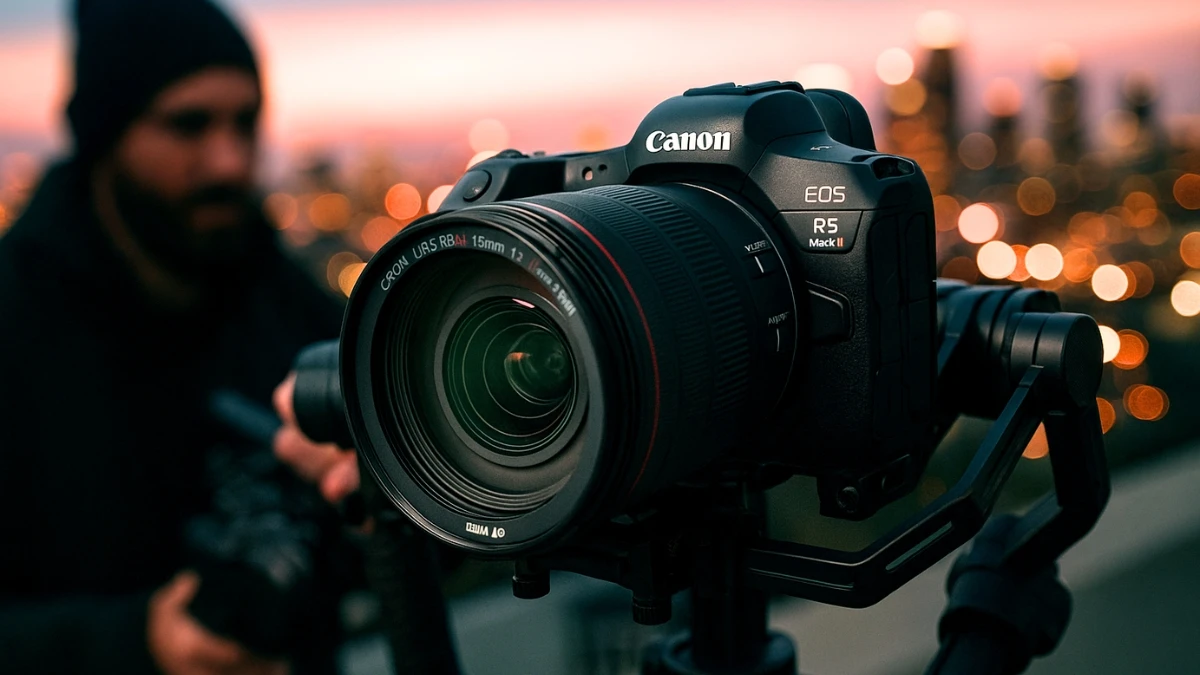
Price Range: $4,300
Experts go as far to call the EOS R5 one of Canon's best technical achievements so far. For professional photographers, one can't get much better than this. The Mark II takes everything great about the original and eliminates its few weaknesses.
Why It Beats DSLRs: The R5 Mark II can capture 8K RAW video internally—a capability that would require external recorders and massive rigging with DSLR systems. Canon's Action Priority AF and Eye Control features represent the kind of innovation that's only possible when completely rethinking camera design from the ground up.
The Professional Edge: Canon's high-end entry does have some features that could be useful to certain photographers, like Action Priority AF and Eye Control. These aren't gimmicks—they're professional tools that can mean the difference between getting the shot and missing it entirely.
Perfect For: Professional videographers who need the absolute best image quality, commercial photographers working in fast-paced environments, and content creators who demand cinema-quality footage.
| Sensor | Full Frame 45MP |
| Video Capability | 8K RAW |
| Burst Rate | 20fps |
2. Sony A7R V
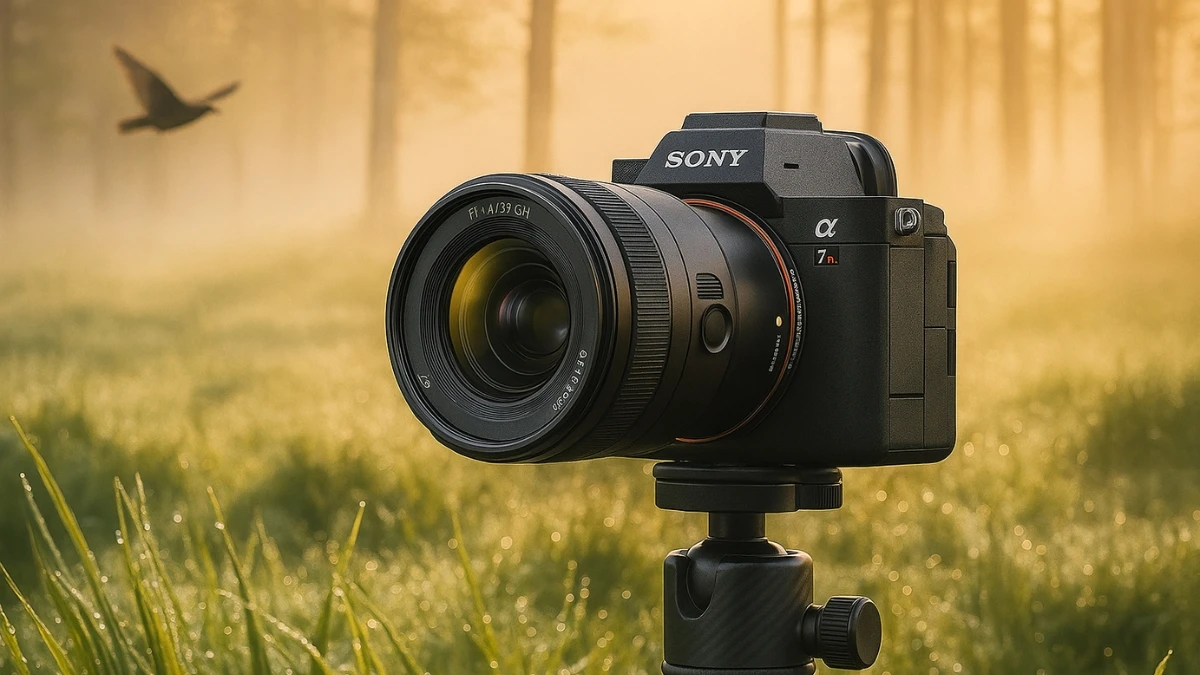
Price Range: $3,900
Experts have chosen the Sony A7R V as their second choice thanks to its powerful autofocusing system and the incredibly detailed images it produces. When photographers need every pixel to count, nothing in the DSLR world comes close to this level of resolution and intelligence.
Why It Beats DSLRs: The successor of the popular A7R IV, this camera does everything the previous model did and more. It has industry-leading AI-based autofocus and produces hugely detailed images. The 61MP sensor captures detail that would have required medium format DSLRs costing twice as much, while the AI autofocus ensures that detail is tack sharp exactly where photographers want it.
The Intelligence Factor: Sony's Real-time Recognition AF doesn't just focus—it thinks. It can identify and track humans, animals, birds, insects, cars, trains, and planes with an accuracy that manual DSLR focusing can't touch. This isn't just convenient; it's revolutionary for wildlife and sports photography.
Perfect For: Landscape photographers who print large, commercial photographers who need maximum detail, and photographers who want to future-proof their image quality for years to come.
| Sensor | Full Frame 61MP |
| Video Capability | 4K/60p |
| Burst Rate | 10fps |
1. Nikon Z6 III
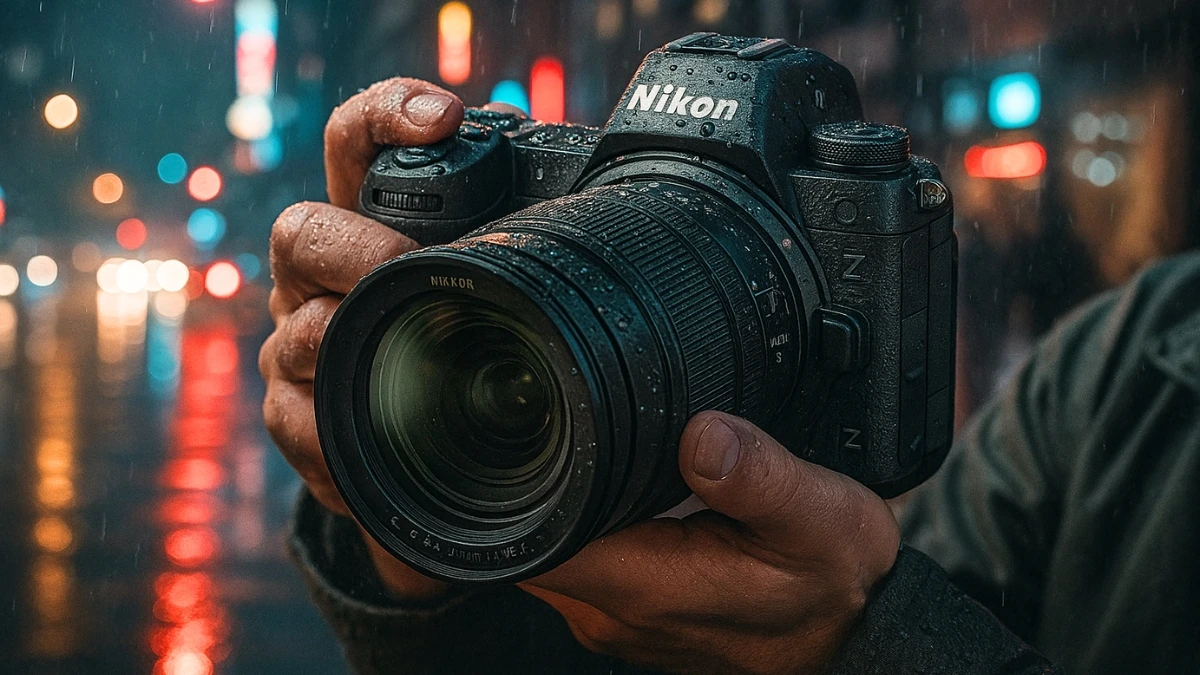
Price Range: $2,500
The Nikon Z6 III is the best mirrorless camera that experts have tested. It sits in the middle of Nikon's Z lineup, but it's one of the most capable hybrid cameras at its price point. What makes this camera a DSLR killer isn't just its specs—it's how it reimagines what a camera can be.
Why It Beats DSLRs: It's an especially good choice for action and wildlife photographers, thanks to a partially stacked sensor that offers faster readout speeds for quick e-shutter burst shooting and reduced rolling shutter distortion. Achieving these speeds with a mechanical mirror slapping around inside a DSLR body is simply impossible.
The Video Game-Changer: This is also one of the few cameras tested with internal RAW video capability, and it can record in up to 6k at 30 fps, with 4k recording at up to 120 fps, making it incredibly versatile. For hybrid shooters who refuse to compromise, the Z6 III offers professional video capabilities that would require a separate cinema camera in the DSLR world.
Perfect For: Professional photographers who shoot both stills and video, wildlife photographers who need speed and accuracy, and photographers who want flagship performance without flagship pricing.
| Sensor | Full Frame 24MP |
| Video Capability | 6K/30p, 4K/120p |
| Burst Rate | 30fps |
Why Mirrorless Crushes DSLR in 2025?
The advantages that once made DSLRs king have not only been matched by mirrorless cameras—they've been completely surpassed. Here's why the technology gap has become an unbridgeable chasm:
Size and Portability Revolution: Mirrorless cameras lack the bulky mirror mechanism of DSLRs, making them significantly lighter and more compact. This isn't just about convenience—it's about creative freedom. When cameras don't feel like a burden, photographers are more likely to have them when that perfect shot presents itself.
Autofocus Supremacy: Many modern mirrorless cameras feature cutting-edge autofocus systems with AI-driven subject tracking, eye detection, and lightning-fast response times, giving them an edge over traditional DSLR autofocus systems. These are cameras that can track a bird's eye in flight or follow a child's face as they run—capabilities that DSLRs simply can't match.
Video Dominance: With features like 4K, 6K, and even 8K recording, mirrorless cameras have become the preferred choice for hybrid shooters. In an era where content creators need both stellar photos and professional video, DSLRs feel like relics from a bygone age.
Real-Time Intelligence: Electronic viewfinders provide real-time exposure previews, making adjusting settings on the fly easier. Unlike optical viewfinders that show the world as it is, EVFs show the world as cameras will capture it—complete with exposure, white balance, and creative effects.
Speed Without Compromise: Modern mirrorless cameras achieve burst rates and response times that would require massive, expensive DSLR bodies to match. The elimination of the mirror mechanism means faster potential shutter speeds and virtually silent operation.
Making the Switch: What Photographers Need to Know
The Lens Ecosystem Reality
One of the biggest concerns about switching from DSLR to mirrorless is lens compatibility, but the major manufacturers have this covered.
Nikon and Canon have been especially clever with their new full-frame mirrorless cameras. From day one, both produced a mount adaptor to use almost every current DSLR lens without restriction.
Sony's advantage lies in its mature lens ecosystem. In the full-frame mirrorless space, Sony offers the most choice right now, while on crop-sensor APS-C cameras Fujifilm has a wide range of options at most focal lengths.
Third-party manufacturers like Sigma and Tamron have also embraced mirrorless mounts enthusiastically, often delivering better performance than their DSLR equivalents.
Battery Life: The Last Stand?
Battery life was once the DSLR's final advantage, but modern mirrorless cameras have largely closed this gap. More importantly, the shooting experience is so much better that most photographers happily carry an extra battery in exchange for all the other benefits mirrorless provides.
Future-Proofing Photography Investments
Here's the crucial consideration: very few new DSLRs are being produced these days, so mirrorless may be photographers' only option long term.
This could inform equipment choices, as investing in a lens mount for which no new cameras are being produced may give photographers less choice in the future.
When photographers buy a mirrorless camera today, they're investing in a platform that will continue to evolve and improve.
When photographers buy a DSLR, they're investing in a technology that manufacturers are actively abandoning.
Disclaimer:
The information provided in this article is based on expert reviews and specifications available at the time of writing. Camera models, features, and prices may change over time as new releases come to market and technological advancements are made. The opinions expressed here are for informational purposes only and should not be considered as professional advice. Always research and test products before making a purchase, as individual preferences and specific needs may vary. Prices mentioned are estimates and may fluctuate depending on the retailer and region.

